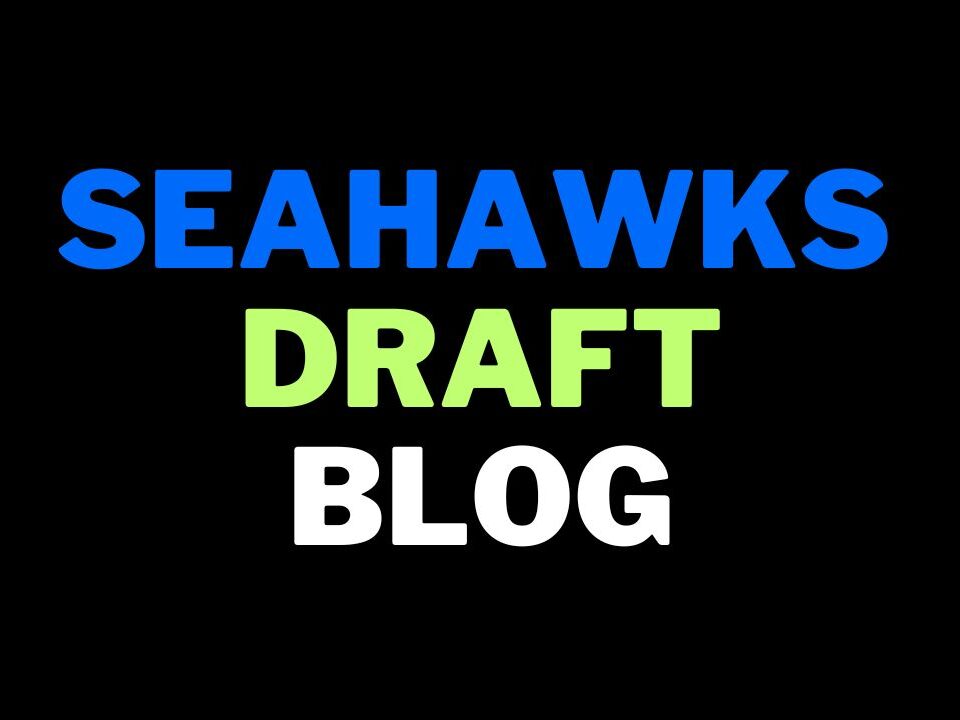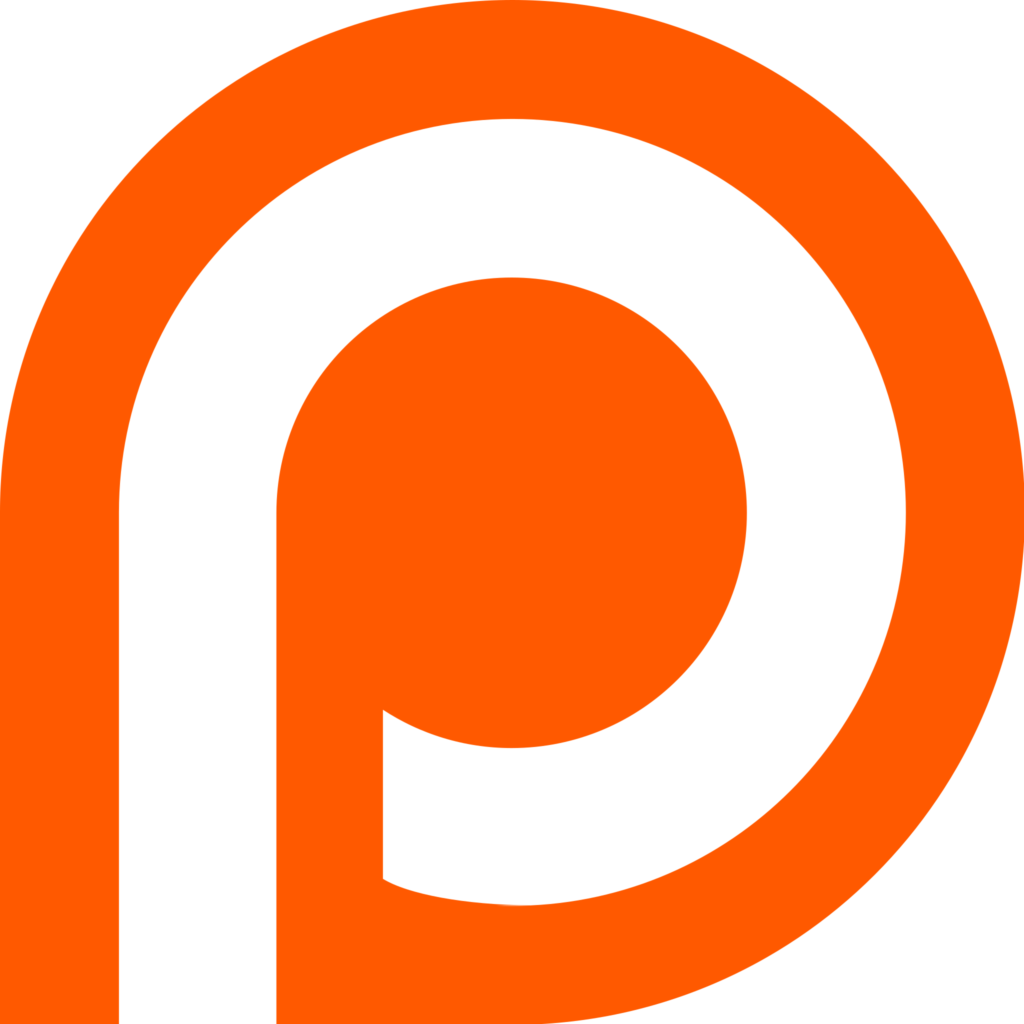
It’s time for the NFL to help young O-liners learn their trade, such as Ereck Flowers
Anyone watching the Giants vs Lions game on Monday will realise the white elephant in the room. Offensive line play is rotten with only a few exceptions.
There’s a temptation to navel gaze at times and think the Seahawks are the only ones with O-line issues. They emphatically aren’t. Take away a handful of teams like Dallas, Oakland and Tennessee and you notice the problem is widespread.
Unlike the Seahawks, the Giants are not trying to turn a basketball player into a left tackle and they aren’t starting their backup either. They have a top-10 tackle watching the blindside (Ereck Flowers), another first round pick at left guard (Justin Pugh) and a high second round pick at center (Weston Richburg).
New York’s O-line performance against Detroit was pitiful.
Flowers has received the bulk of the criticism. He struggled mightily to block Ziggy Ansah who collected three sacks.
In fairness to Flowers, he was a perfectly acceptable early draft pick in 2015. He’s big and long and played with a real edge at Miami. He was nasty on the field and looked the part of a pro-lineman.
Like so many players, however, he’s struggled to make the step up.
Stanford left tackle Andrus Peat was also drafted in the first round in 2015. He’s flipped between tackle and guard in New Orleans but so far has had a pretty underwhelming start to his career. Cameron Erving was taken in the first round to play center in Cleveland having started at left tackle for Florida State. He was recently traded to the Chiefs for a bag of chips.
Cedric Ogbuehi hasn’t solved any of Cincinnati’s problems on the O-line after being selected with the 21st pick in 2015. Laken Tomlinson, the #28 pick, flopped in Detroit and was traded to the 49ers in pre-season. D.J. Humphries hasn’t had a big impact for the Cardinals, highlighted by this assessment from ‘Revenge of the Birds’:
Humphries was so slow to pick up the Cardinals’ offense and to display a professional approach to his work, that not only did Earl Watford start at RT instead, Humphries was publicly branded “Knee Deep” by his head coach, a sobriquet given to him by his OC Harold Goodwin.
That quote comes from an article published today titled: ‘When will the offensive line begin to produce for the Arizona Cardinals?‘
When people question why the Seahawks and Tom Cable have been unable to develop offensive linemen without high draft picks, it appears to be a broader problem within the league.
Without wishing to go over old ground again, we’ve been talking for years on this blog about the way the best athletes in High School are actively choosing to play defense instead of offense. You get stats (sacks, TFL’s), you get the glory and most importantly — you get paid in the NFL.
Here are the top-five earners at defensive tackle in the NFL:
Ndamukong Suh — $19m (average)
Fletcher Cox — $17.1m
Kawann Short — $16.1m
Marcell Dareus — $16m
Gerald McCoy — $15.8m
Here are the defensive ends:
Muhammad Wilkerson — $17.2m
Olivier Vernon — $17m
J.J. Watt — $16.6m
Jason Pierre-Paul — $15.5m
Calais Campbell — $15m
And here are the outside linebackers:
Von Miller — $19m
Justin Houston — $16.8m
Chandler Jones — $16.5m
Robert Quinn — $14.2m
Clay Matthews Jr — $13.2m
Now let’s look at the top paid offensive linemen:
Trent Williams — $13.6m
Russell Okung — $13.2m
Terron Armstead — $13m
Tyron Smith — $12.2m
Kevin Zeitler, Eric Fisher, Cordy Glenn, David Bakhtiari — $12m
Look at the difference. Kawann Short earns $2.5m a year more than Trent Williams and pushing $5m a year more than Joe Thomas.
Brock Huard made the point on 710 ESPN this week. If Walter Jones was in college today with his unique physical profile, he’d probably be playing three technique and not left tackle. That’s where the money, fame and profile is these days.
The big schools chasing the four and five star prospects are quite willing to accommodate these desires in order to collect the best young players. Who cares if you have a lot of defensive linemen? It works for Alabama.
After all, you can run a spread offense to make life easier for the offensive linemen and work around the problem.
What this is doing is creating a void of athletic talent playing offensive line in college. It’s also insufficiently preparing those who do play O-line for the next level. The schemes they play in college, with only a few exceptions, are nothing like the schemes in the NFL.
So it’s not a big surprise that teams like Seattle seek out athletes like George Fant to train and develop. Whatever you think of that plan and the way Seattle has operated — it makes a degree of sense. Especially when they’re not in position to draft in the top ten and add one of the handful of top O-liners turning pro.
There’s very little sign of anything changing soon. In the last free agency period, O-liners did receive bigger contracts. Teams threw money at players like Riley Reiff, Ricky Wagner and Matt Kalil. All three players still received considerably lower salaries than Calais Campbell.
Arguably the best defensive lineman in the NFL, Aaron Donald, could sign a contract worth over $20m a year in Los Angeles. It’s unlikely Tyron Smith or Trent Williams will ever get anywhere near that.
We’ll also continue to see any remotely talented college offensive linemen hurried into the league. This week Tony Pauline reported Washington’s Trey Adams is a ‘first round lock’. Adams is a good player with a pro-future. He’s also had a slightly underwhelming start to the 2017 season. Such is the need for O-liners though, it won’t be a surprise if he goes very early in the draft — even if his play is relatively modest for the rest of the year. Who knows whether he’ll be ready or not? He’s only a junior and would be expected to start immediately if he goes in round one.
College football is currently the NFL’s only farm system and it is failing the league in such a dramatic way. Bad O-line play is blighting the league, not just in Seattle. It is possible that the teams with the good O-lines will earn a significant advantage over the next few years as long as they have a competent quarterback and supporting cast (as Dallas, Oakland and Tennessee all do). A large portion of the league appears to be either struggling on offense or finding ways to compensate and game plan around the issue.
The most obvious solution is to create a strong summer league or development system. Allow teams to spend a couple of years developing offensive linemen in a pro-system playing meaningful snaps in proper games. The results will be emphatic. Suddenly a player like George Fant can go away and spend a couple of years really learning how to be a left tackle. Even the early picks, such as Ereck Flowers, might be able to spend a full season learning their trade without the pressure and glare of expectation and instant gratification.
It’s not the only position group that will benefit. The likes of Kurt Warner developed in the old NFL Europe. Being able to train quarterbacks, pass rushers, cornerbacks — the league is only going to benefit from this.
With more and more of the best athletes playing D-line in college and the huge discrepancy that is growing between the two units in the trenches, this feels like an absolute necessity. Bad football is not what anyone wants to see but bad football is what we’re getting in many cases.
Giving each team a way to develop young players and train them over time just makes too much sense not to happen. And as Aaron Earlywine notes, ‘last year, 16,175 college football players were eligible for the NFL draft. Only 256 of them were drafted.‘ Doesn’t the league owe it to these young players to give them more than one or two shots to realise their dream of making it?
You can now support Seahawks Draft Blog via Patreon by clicking the tab below.
Become a Patron!





